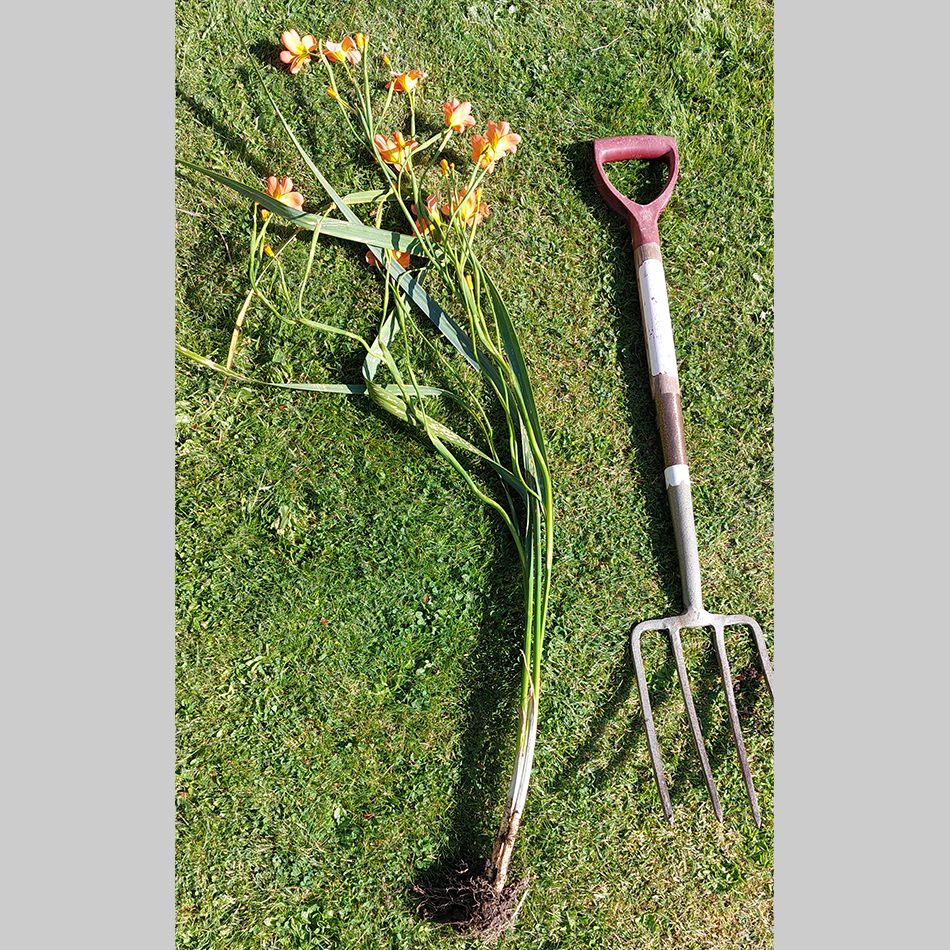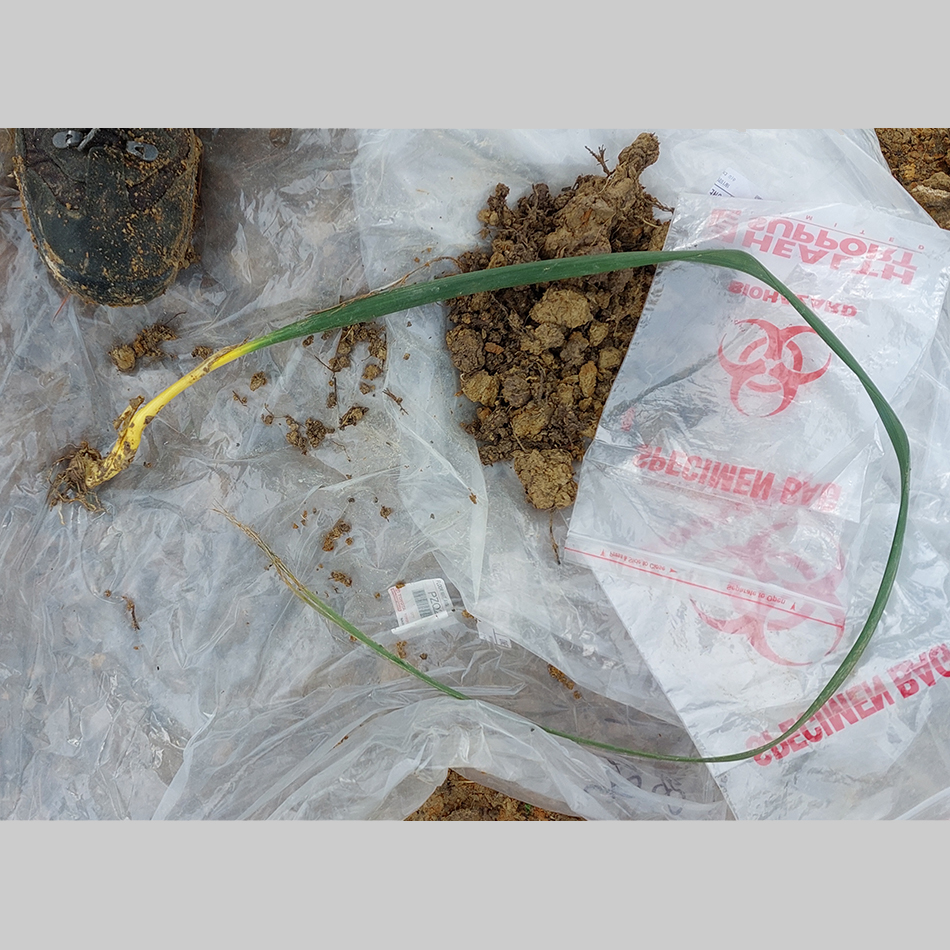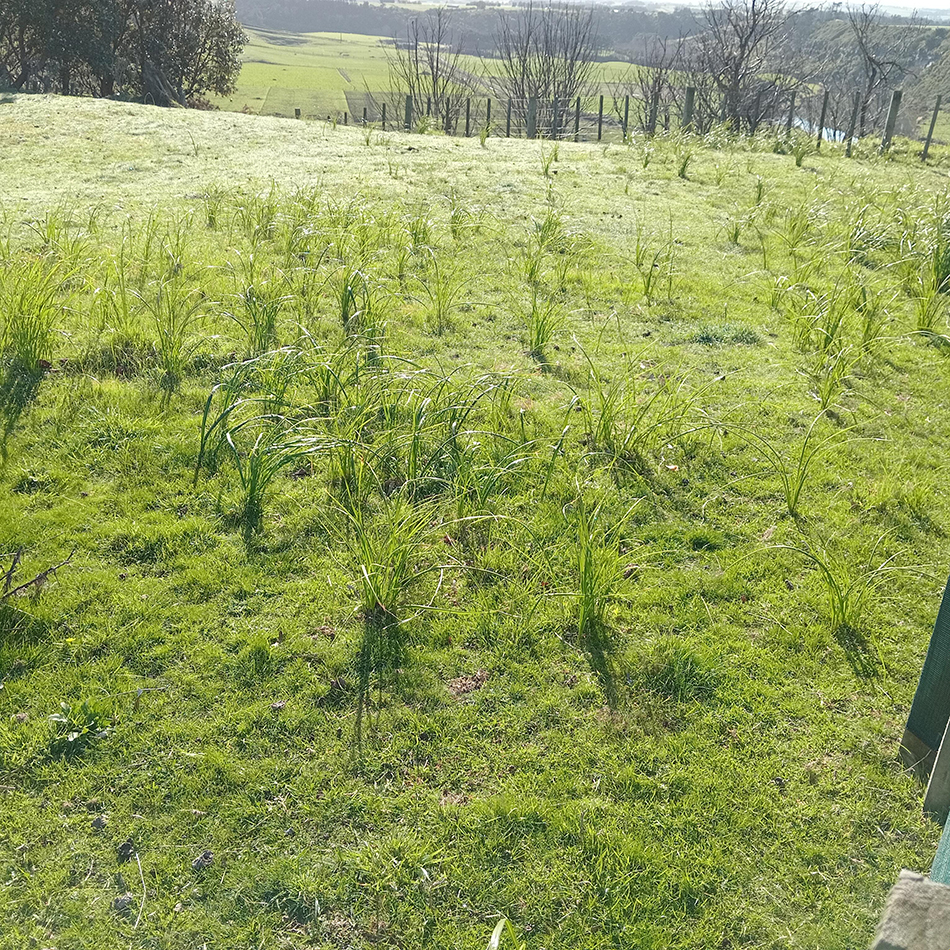About Cape tulip
The single-leaf Cape tulip is a South African perennial weed in the iris family. It favours cool, moist climates but adapts well to other conditions. It produces new shoots in autumn and winter and dies back to an underground corm (an underground storage organ from which the plants grow – like a bulb) in early summer.
Plants grow up to 90 cm tall, consisting of a single strap-like leaf and a branched flower stalk. Flowers are 6-petalled, usually salmon pink with a band of deeper colour near the base of the petals, with or without a yellow centre and in rare cases, all yellow or deeper red. Flowers are usually 5 cm across.
Cape tulip reproduces both by corms and by seed (3,000 to 6,000 per plant). The corms are white with a brown mesh covering.
Its scientific name is Moraea flaccida and its synonym is Homeria flaccida.
Why we don't want Cape tulip in New Zealand
All parts of Cape tulip (even when dead and dried) are extremely poisonous to humans and livestock. Consequently, establishment over extensive areas of agricultural land could have serious economic impacts. Symptoms of poisoning include gastroenteritis, thirst, paralysis, blindness, and heart and kidney failure.
Cape tulip has the potential to establish dense colonies over wide areas of pasture and is extremely difficult to control. Corms may remain dormant in the soil for many years, and each plant can produce several thousand seeds per season.
Where Cape tulip has been found
Cape tulip has mostly been found in cooler regions of New Zealand, it is commonly found in gardens or pasture where it has spread from a neighbouring garden, such as happened on Waikawa/Portland Island (near Māhia Peninsula) and at Hamilton Bay (near French Pass in Marlborough). Cape tulip has been eradicated from over 500 sites in New Zealand.
Cape tulip eradication programme
Cape tulip is one of the species being eradicated through the National Interest Pest Responses programme. The eradication of Cape tulip requires manual removal of plants and corms or the use of herbicides for several years. Sites are regularly inspected, and once no further growth is detected, the site is monitored for a minimum of five years to ensure no viable plant material remains.
Biosecurity New Zealand works closely with the regional councils, the Department of Conservation, and other organisations to eradicate Cape tulip from New Zealand.
National Interest Pest Responses programme
What to do if you find Cape tulip
Cape tulip is an Unwanted Organism under the Biosecurity Act (1993). Propagation, spread, display, and sale are all prohibited. It is also a Notifiable Organism, which means you must report all sightings to the Ministry for Primary Industries.
If you think you have found Cape tulip:
- freephone our pest and disease hotline on 0800 809 966
- don’t touch the plants or try to remove them
- take photos and leave the plants so they can be treated or removed safely without spreading them further.
What Cape tulips look like












